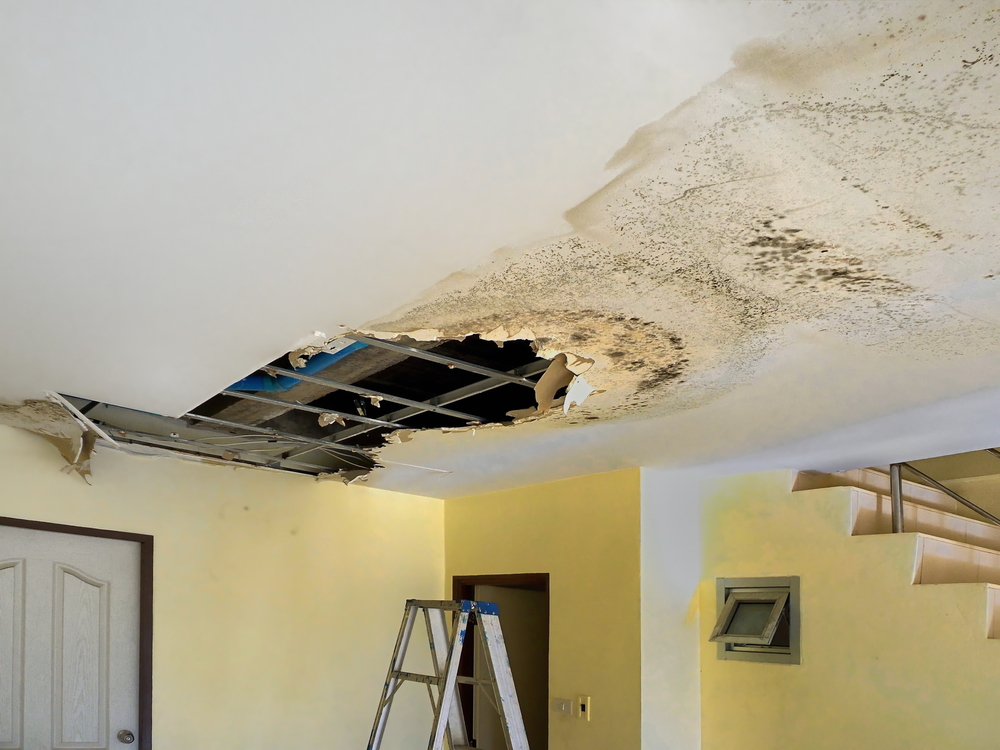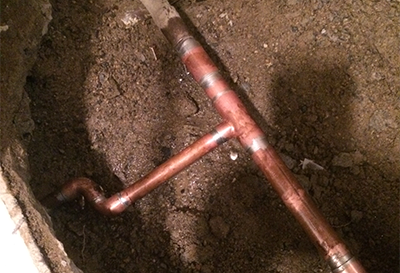Are you currently trying to find help and advice concerning Finding hidden leaks?

Early detection of leaking water lines can reduce a prospective disaster. Some little water leaks may not be noticeable.
1. Take A Look At the Water Meter
Every house has a water meter. Examining it is a proven manner in which helps you find leakages. For starters, switch off all the water resources. Guarantee no one will certainly flush, use the faucet, shower, run the washing maker or dishwashing machine. From there, go to the meter and watch if it will transform. Because no one is utilizing it, there need to be no movements. If it relocates, that suggests a fast-moving leak. Also, if you find no changes, wait an hour or 2 and also examine back once more. This indicates you might have a sluggish leakage that could also be below ground.
2. Inspect Water Intake
Assess your water costs and also track your water usage. As the one paying it, you should notice if there are any kind of inconsistencies. If you spot sudden changes, despite your intake being the same, it means that you have leaks in your plumbing system. Remember, your water bill ought to fall under the very same range on a monthly basis. An unexpected spike in your expense indicates a fast-moving leak.
At the same time, a consistent boost every month, despite the exact same behaviors, shows you have a sluggish leakage that's also slowly rising. Call a plumber to completely inspect your home, particularly if you feel a warm location on your flooring with piping underneath.
3. Do a Food Coloring Test
When it concerns water consumption, 30% comes from toilets. Examination to see if they are running appropriately. Decline specks of food shade in the tank and wait 10 mins. There's a leakage between the storage tank as well as dish if the color somehow infiltrates your bowl during that time without flushing.
4. Asses Outside Lines
Don't forget to examine your outdoor water lines also. Examination spigots by affixing a yard hose. Needs to water seep out of the link, you have a loosened rubber gasket. Replace this as well as ensure all links are tight. If you have actually got a lawn sprinkler, it will assist get it properly took a look at and maintained annually. One little leak can throw away tons of water and also increase your water bill.
5. Evaluate as well as Evaluate the Situation
Property owners must make it a practice to check under the sink counters and also also inside cupboards for any type of bad odor or mold development. These two warnings indicate a leakage so punctual attention is needed. Doing routine assessments, even bi-annually, can save you from a major issue.
Check for stainings and also deteriorating as most appliances and pipes have a life expectancy. If you think dripping water lines in your plumbing system, do not wait for it to escalate.
Early detection of dripping water lines can reduce a possible calamity. Some tiny water leakages may not be noticeable. Checking it is a proven means that aids you find leaks. One tiny leakage can squander loads of water and also surge your water expense.
If you presume leaking water lines in your plumbing system, don't wait for it to rise.
How to Know If Your Home Has a Hidden Leak
Water Meter Reveals Inexplicable Water Usage
If you’d like to test whether or not there’s a leak somewhere in your home, you can do this using your water meter. Here is how to conduct the test:
Don’t use any water in your home for at least 30 minutes; this also means not turning on faucets or water-using appliances.
Go outside, and check your water meter for activity.
If your water meter shows that there was activity, even though no one was using any water, this proves that there is a leak in your home.Visible Mold or Mildew Growth
Leaks behind walls create moist, dark environments that allow mold and mildew to grow and thrive. Eventually, you might see mold growth forming on the wall closest to a hidden leak.
If mold is growing in an area that receives a high amount of moisture, such as a bathroom, it may simply be an indication that better ventilation is needed. However, if you see mold growth on a wall or the ceiling in an area where you would not expect, you probably have a hidden leak.
Musty, Mildew Odor
Sometimes you might not be able to see the mold or mildew that is growing as a result of a leak. However, the smell can give the problem away just as easily. If you catch a whiff of something musty, there’s a good chance that old water is collecting somewhere in your home that you can’t see.
Stained/Warped Walls, Ceilings, or Floors
When your home soaks up water, a variety of red flags can become visible, including ceiling stains, bubbling drywall, warped walls, and sagging floors. While these issues can be caused by excess humidity, they can also be signs that a pipe or plumbing connection has started leaking behind your walls.
Inexplicably High Water Bill
After a while, you get a general sense for what your water bill should be. If you own a pool or sprinkler system, your bill will tend to be higher during summer. However, if you receive a water bill that seems especially high, and you can’t figure out what caused it, then you may have a hidden leak somewhere that’s increasing your bill.
https://www.plumbingjoint.com/blog/2019/july/how-to-know-if-your-home-has-a-hidden-leak/

I was made aware of that write-up on Detecting hidden plumbing leaks from an associate on a different website. Sharing is nice. Who knows, you may be helping someone out. Thanks a bunch for your time. Please stop by our website back soon.
Tap leaking? Call us.